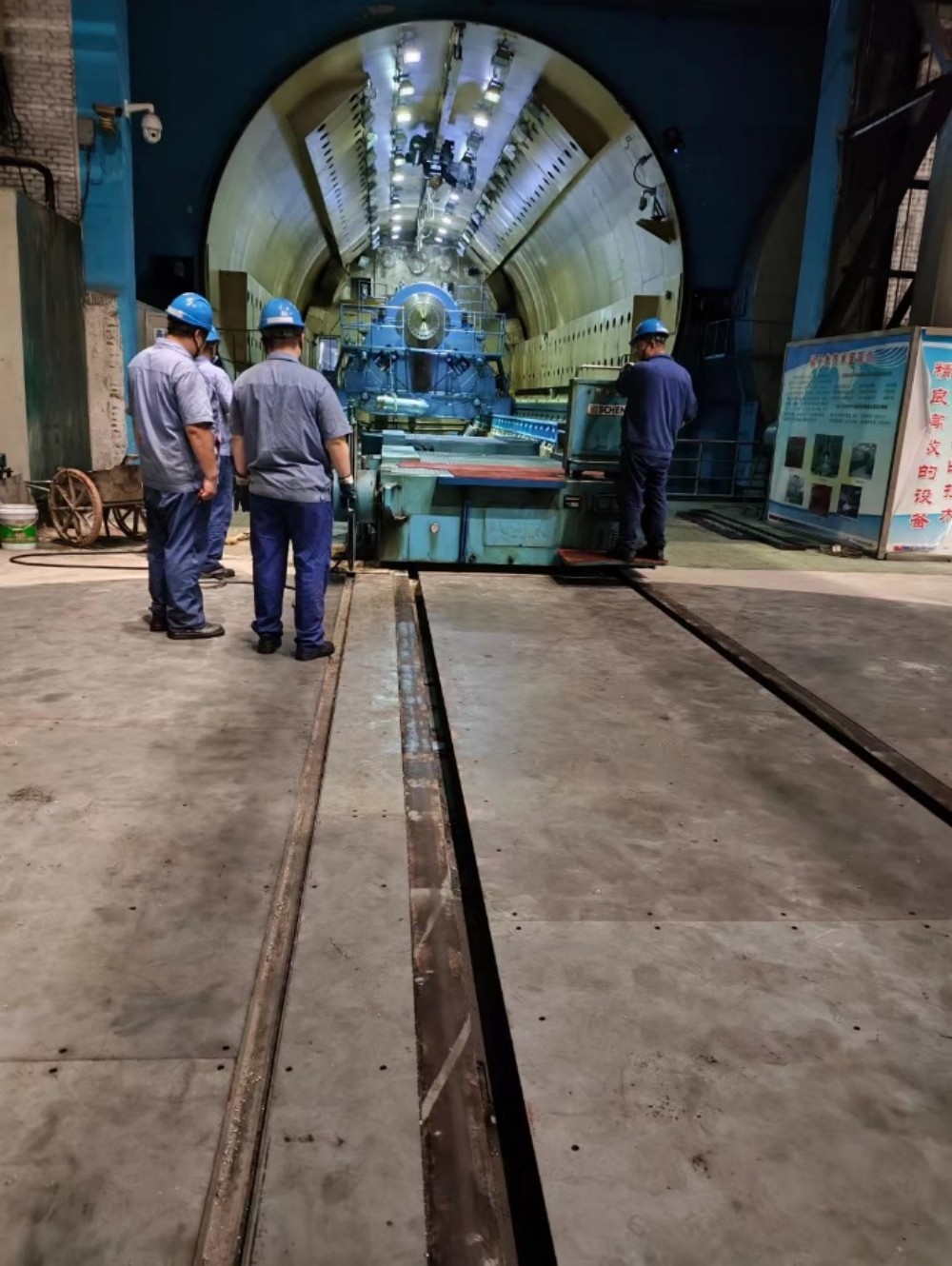In the realm of electronics, understanding the difference between assembly and components is fundamental for engineers, designers, and enthusiasts alike. While both contribute to the creation of electronic systems, they play distinct roles in the intricate tapestry of circuitry. This article aims to unravel these differences, providing a nuanced perspective on the relationship between assembly and components.
1. Components: The Building Blocks of Circuits
Overview:
Components are the individual elements that populate electronic circuits, each with a specific function. Resistors, capacitors, transistors, and integrated circuits are quintessential examples, serving as the fundamental building blocks that define the behavior of the circuit.
Key Points:
- Resistors control current flow.
- Capacitors store and release electrical energy.
- Transistors amplify or switch signals.
- Integrated circuits combine multiple functions.
2. Assembly: The Integration of Components into Systems
Overview:
Assembly refers to the process of integrating components into a cohesive and functional electronic system. It involves the strategic arrangement of components on a printed circuit board (PCB) or other substrates, creating a physical manifestation of the designed circuit.
Key Points:
- Placement and soldering of components onto a PCB.
- Interconnecting components through conductive traces.
- Integration of connectors, wires, and other supporting elements.
3. Relationship: Orchestrating Harmony in Complexity
Overview:
The relationship between assembly and components is akin to the relationship between an orchestra and its instruments. Components, like individual instruments, contribute unique sounds and capabilities. Assembly, like the conductor, brings them together in a harmonious arrangement to create a symphony of functionality.
Key Points:
- Components are selected based on their specific functions.
- Assembly involves the strategic layout to optimize performance.
- Both are integral to the creation of a functional electronic system.
4. Challenges: Navigating Complexity in Assembly
Overview:
Assembly introduces additional challenges beyond the characteristics of individual components. Factors such as thermal considerations, signal integrity, and manufacturability become crucial in ensuring the reliability and efficiency of the electronic system.
Key Points:
- Thermal management to prevent overheating.
- Signal integrity to maintain accurate data transmission.
- Design for manufacturability to optimize production processes.
5. Evolution: Adapting to Technological Advances
Overview:
As technology advances, the distinction between assembly and components evolves. Miniaturization, surface mount technology (SMT), and advancements in materials influence how components are integrated into assemblies, driving innovation in electronic design and manufacturing.
Key Points:
- SMT enables compact and densely populated assemblies.
- Advancements in materials enhance reliability and performance.
- The evolution of assembly techniques reflects technological progress.
Conclusion: Harmonizing Components into Functional Masterpieces
In conclusion, the difference between assembly and components lies at the intersection of individual functionality and the orchestration of complexity. Components are the elemental units with defined roles, while assembly is the artful arrangement that transforms these components into functional masterpieces. As technology continues to progress, the synergy between assembly and components remains a dynamic force, shaping the landscape of electronics and fueling innovation across industries.




More Stories
How Multilayer PCB Technology Is Driving the Next Generation of Electronics
UAV Video Transmitter Buying Guide: Key Specs You Must Know
The Future of Power Electronics: How Advanced Capacitors Drive Energy Efficiency